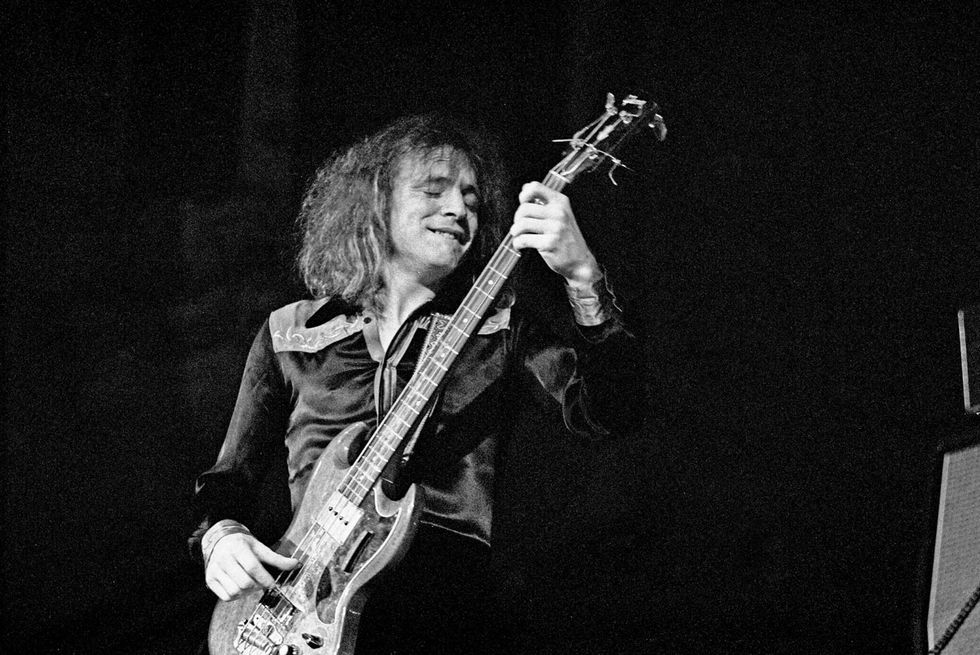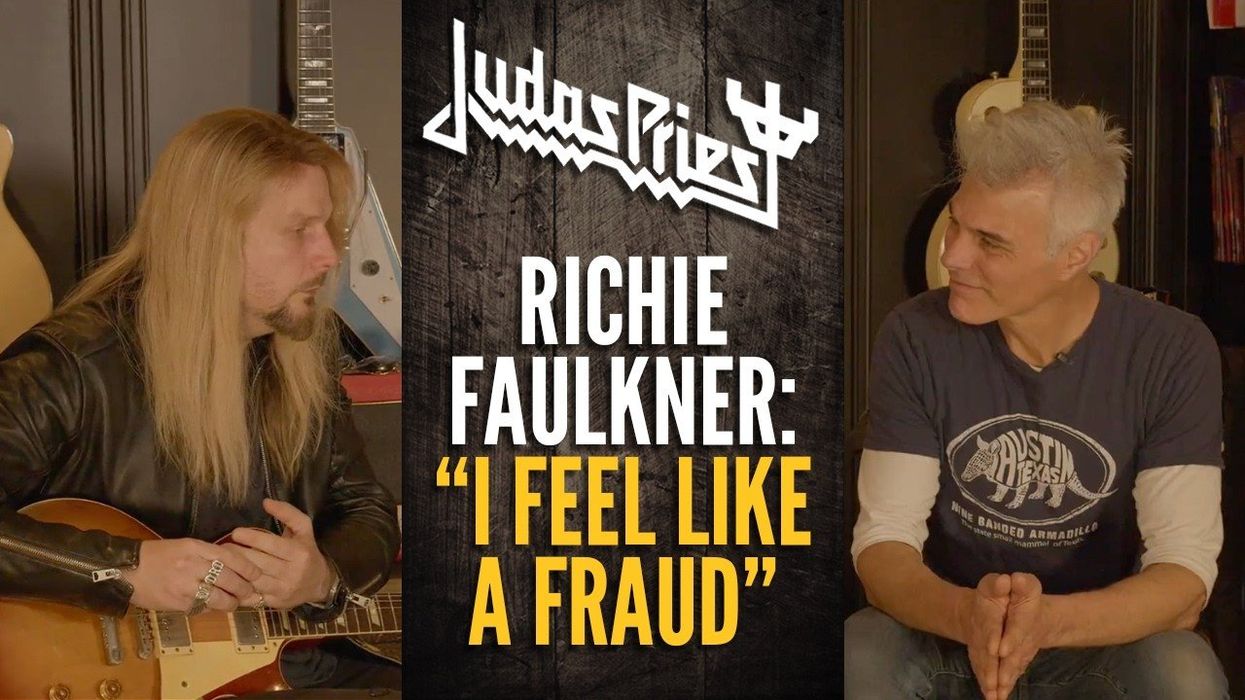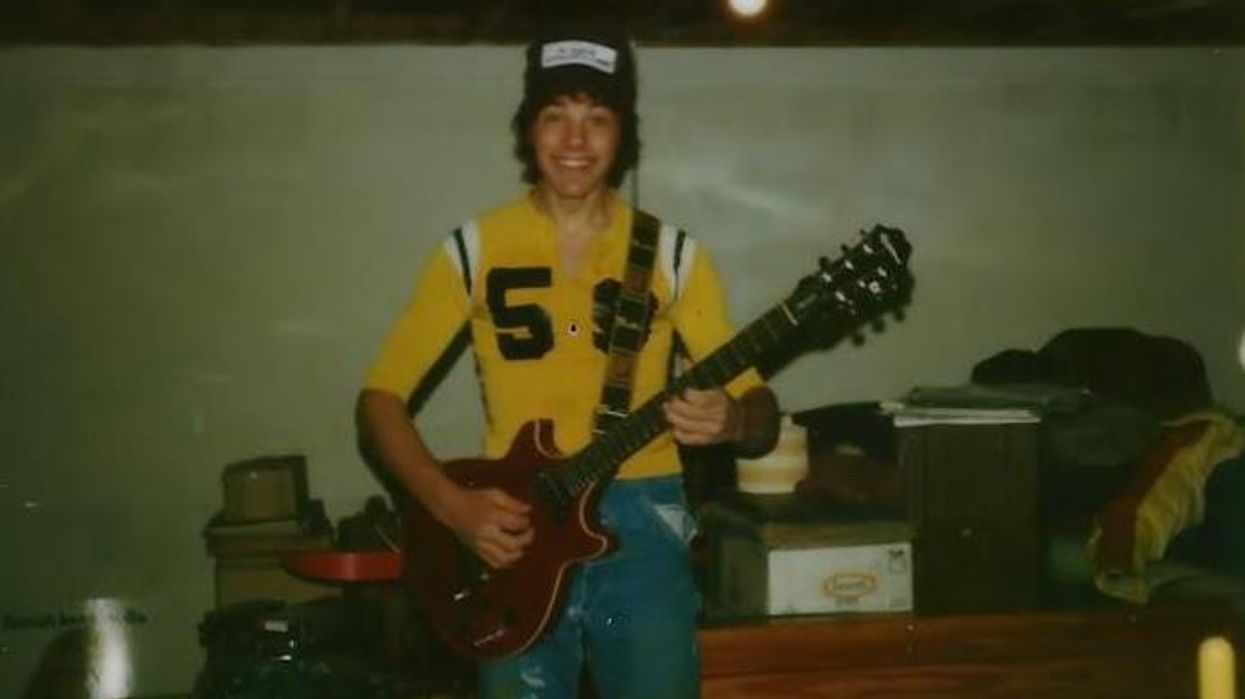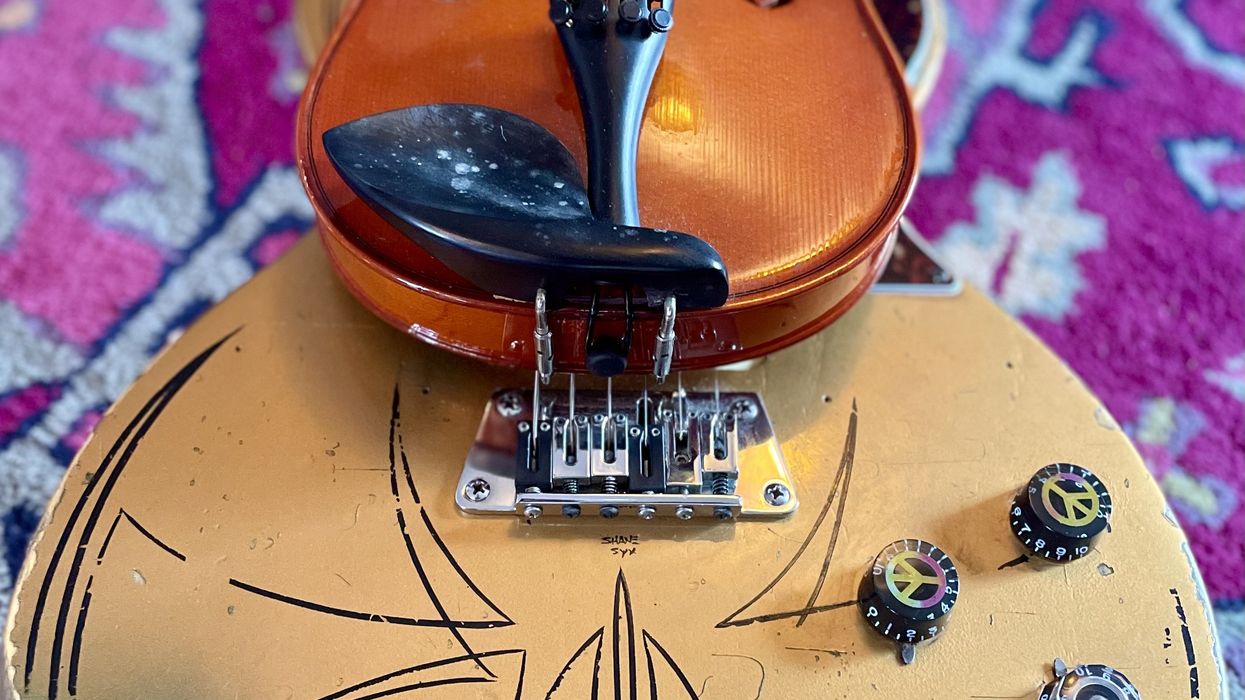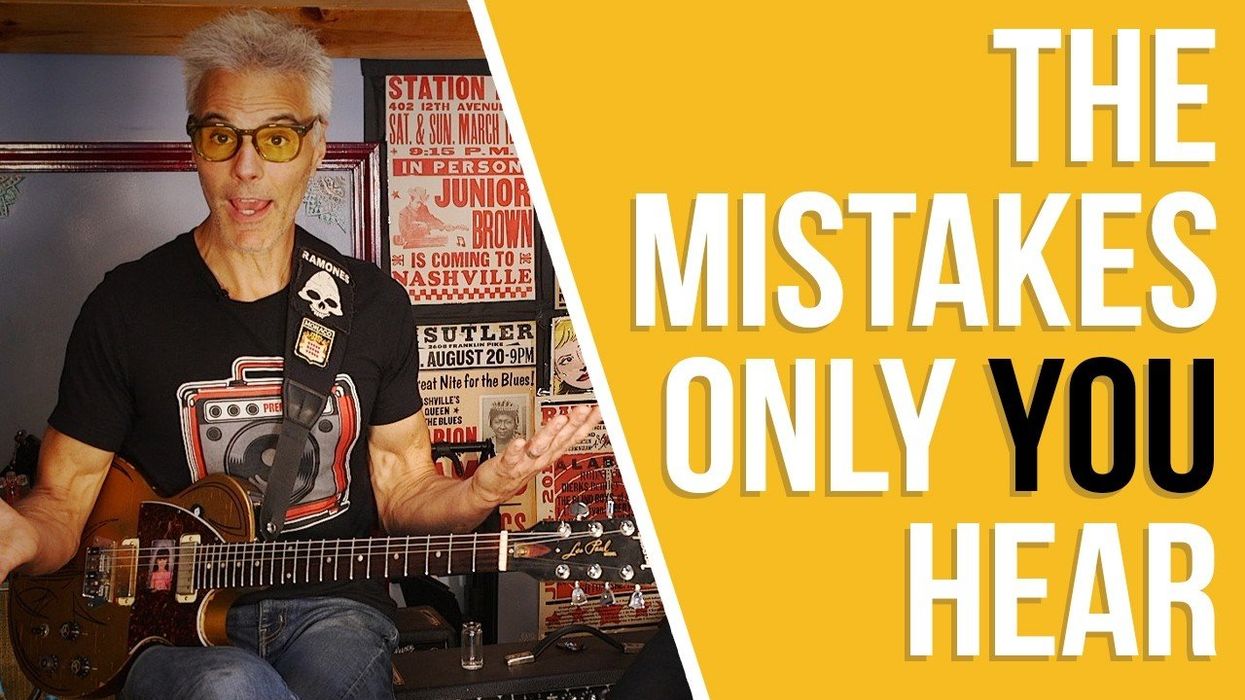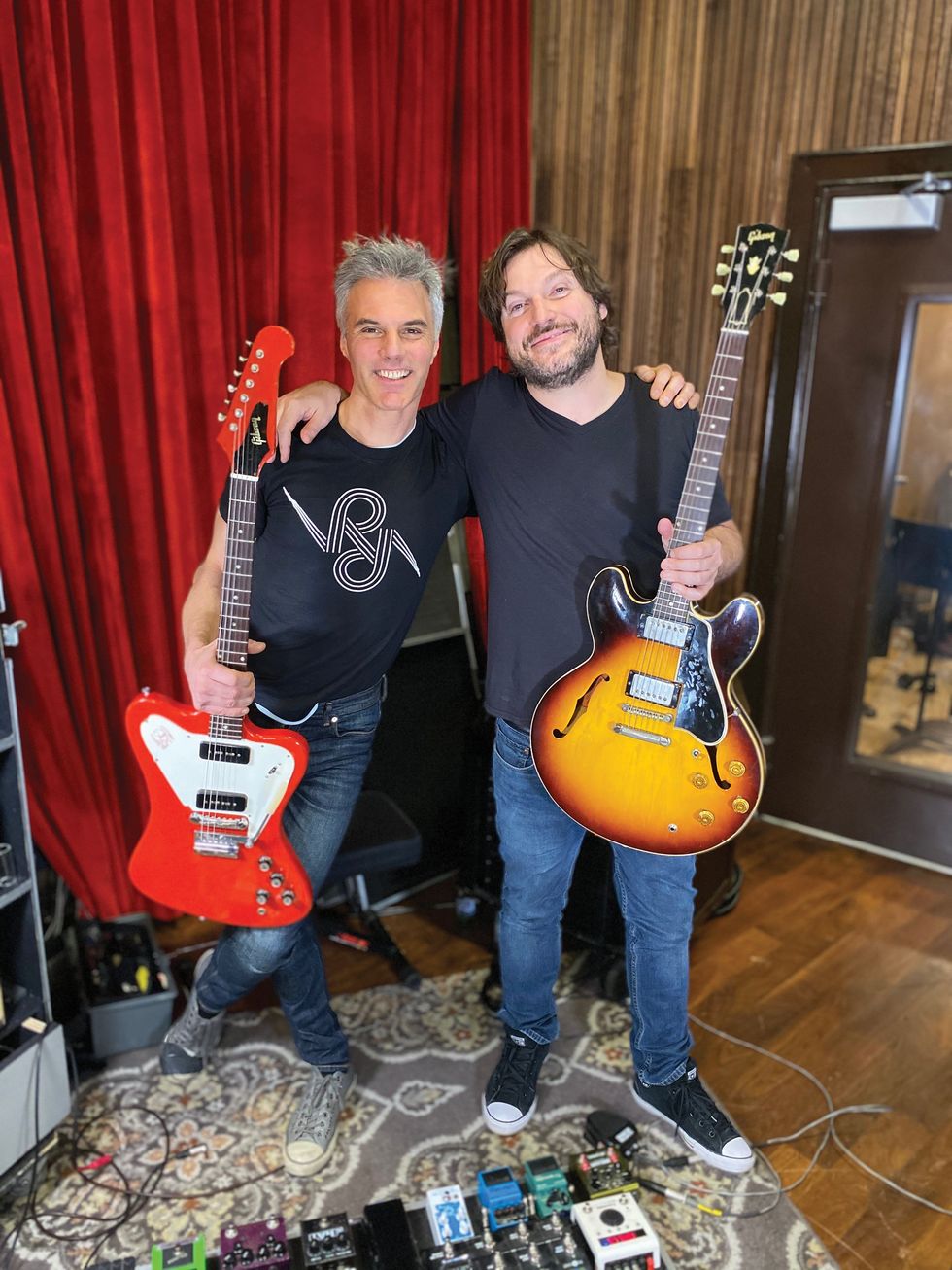Last month, I lamented over guitarists having a seemingly endless supply of recognizable, classic intros to choose from. With the simple beginning of a song, they can make an entire house party crack a grin of recognition within the first three seconds of picking up an acoustic. Truly memorable bass intros are in shorter supply, but they’re definitely out there, so I shared some of my favorite classic bass intros in my previous column. To keep the theme of song-starting goodness from the world of rock bass going, the following are a few more riffs that sit atop my list of favorites.
“No More Tears” – Ozzy Osbourne
This is an open-D-string riff that starts with a hammer-on from the whole step below the upper octave, and then goes back to the open string. That’s it! Mike Inez is credited with “bass inspiration,” since he wrote the bass line and is a writer on the song, but the riff is played by Bob Daisley on the album.
You can hear the heavy compression on the bass track, which helps the simple, picked riff feel urgent and aggressive without the use of distortion. Making this riff feel good and heavy on its own, in spite of not being in the lower register of the instrument, is a lot of fun.
“Peace Sells” – Megadeth
Those of you who also grew up on MTV will likely recognize this bass line. During the channel’s heyday, this hooky riff was played often with the network’s logo to go in and out of commercial breaks. The line is up-tempo and busy, and has a few interesting and noteworthy features.
First of all, it’s only two measures long, so it flies by at its tempo. Secondly, it makes for a solid string-skipping exercise for pick players and fingerstyle players alike. On a technical level, it’s playable with different fingerings. I’ve found that using the 10th fret of the 4th string for the second note and then keeping the entire riff in that higher position on the neck makes the riff more fluid, which is notthe way Megadeth bassist Dave Ellefson executes it. Ellefson, however, plays the riff with precision and incredible evenness. Because the tone has lots of musical information in the upper frequencies, the riff sounds punchy and clear, even through tiny cellphone or laptop speakers.
Along with his attack, Ellefson’s use of a pick and active pickups enables this riff to really cut through. I also like that the tone is clean. A common trap for heavier bands is to heavily distort the bass when played solo to make it sound “tougher,” and then dial the distortion out once the guitars kick in for more clarity in the mix.
“Badge” – Cream
While exceptionally simple from a technical standpoint, Jack Bruce’s riff in “Badge” has a sexy flair, and the trick to keeping it that way is to not rush the eighth-notes at the beginning of measure two. These four staccato notes are quite the stylistic break in a blues scenario, where a fluid, legato feel is more common. The beginning of the riff is simply an Em triad (E–G–B)—the very foundation of a lot of rock music.
Bruce’s intent and execution of this triad, and the use of a distorted tone that sounds like it comes from a miked amp, is what makes the line interesting. However, this simple, classic riff gets the bulk of its attitude from the two slides. Yet another standout is that there is no drumbeat, shaker, or hi-hat to establish time. It’s simply muted rhythm chords on guitar to support the bass riff, which is stunningly effective.
“Would” – Alice In Chains
To my ears, this bass line sounds exactly like a snake slithering in the grass. To get more technical, the line manages to effectively sound “mean” withoutbeing in your face. That’s truly a great musical statement for a bassist or drummer to be able to make. The magic of the starting whole-step hammer-on from the Ebto F gives the line its greasy feel, initially.
The second measure of the riff starts with a b3—Gb in this case—which is the same note measure one ends on. This makes the measure line feel very fluid, which helps add to the riff’s mystique. And the drums accentuate this fluidity by playing a tom pattern rather than a traditional backbeat.
Some of these lines are very simple to the ear, but as bassists our job in many modern genres of music is to analyze the seemingly simple and make it brilliant. And make a riff that “anyone can play” sound like a professional bassist executed it. Happy riffing!


